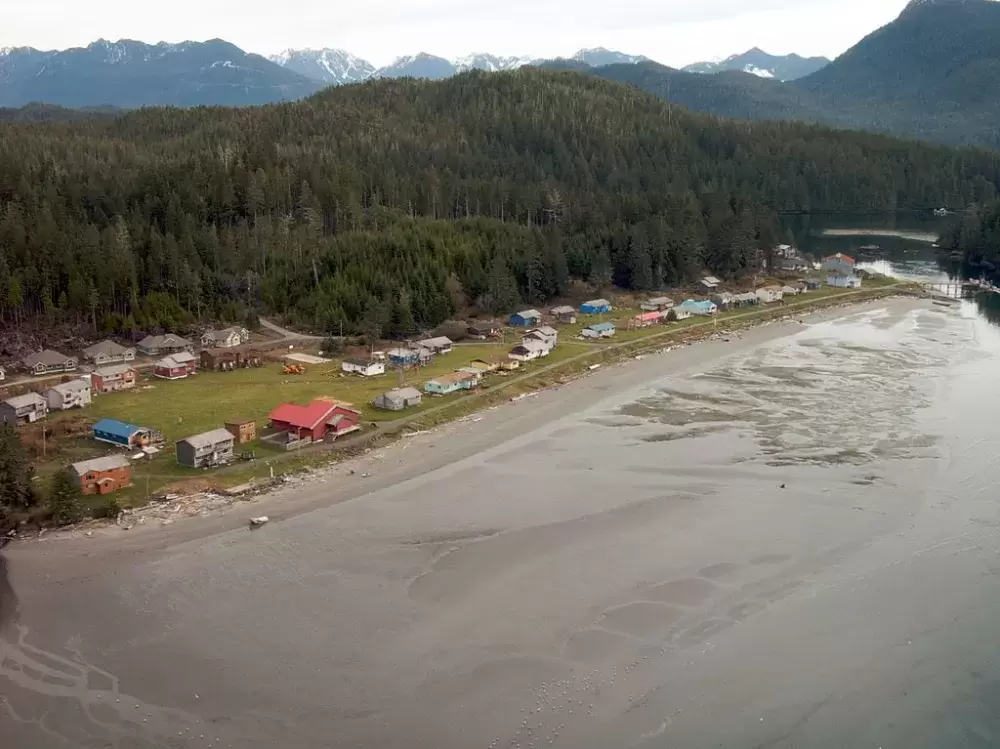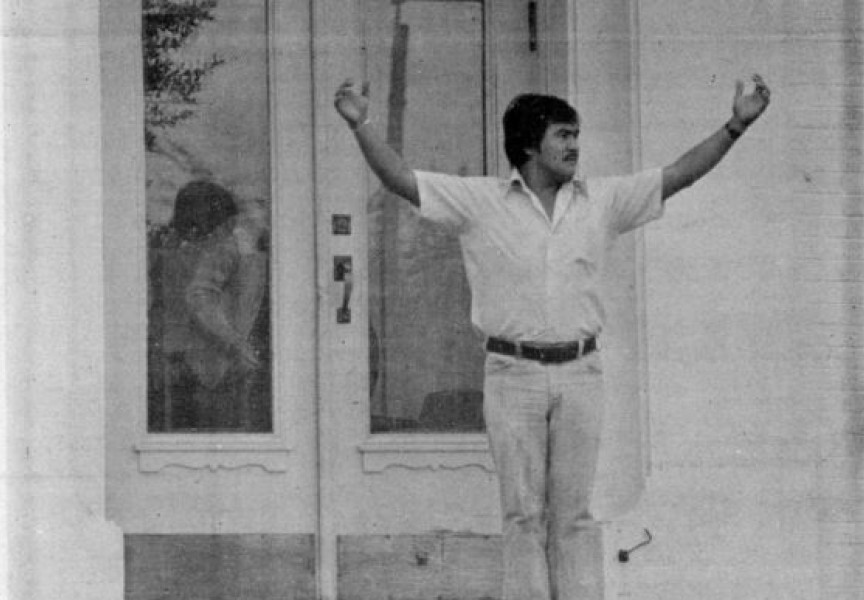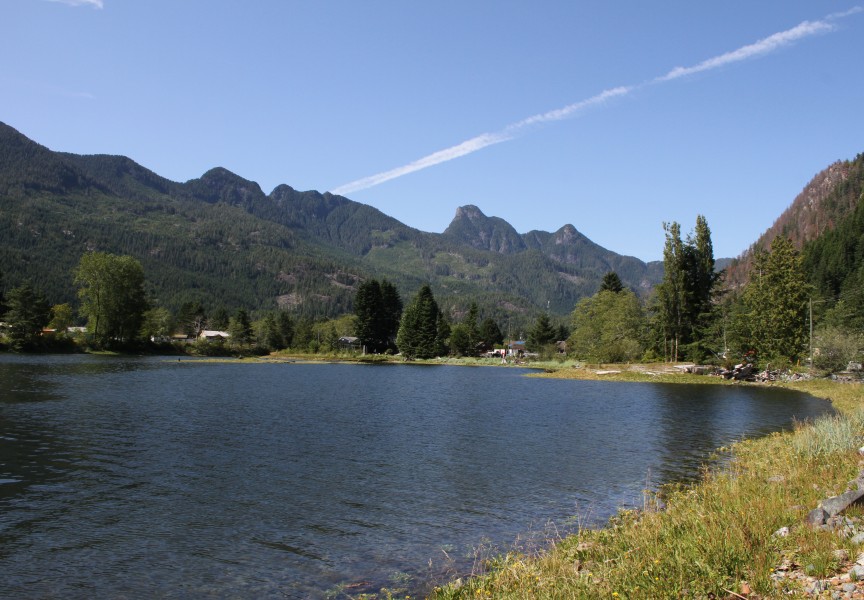Provincial funds to build Indigenous housing are welcome but won’t alleviate a chronic shortage compounded by population growth, factors driving a young generation from home communities.
Responding to news that B.C. is the first Canadian province to invest funds in on-reserve housing, NTC President Judith Sayers was guardedly optimistic.
“I appreciate that the province is stepping forward,” Sayers said. “I think they are honestly trying to help. I hope it sends a message to the federal government.”
Premier John Horgan announced June 18 that his government is allocating $550 million over 10 years to build 1,750 units of social housing on- and off-reserve.
Through the new Indigenous Housing Fund, B.C. Housing will issue a request-for-proposals to Indigenous non-profit housing providers, First Nations, Metis Nation British Columbia and developers interested in partnering with Indigenous housing providers and First Nations.
In addition, First Nations and Indigenous organizations such as the NTC will be able to obtain capital for housing development. Horgan said his government is “opening the door to all Indigenous communities to join us as we make housing better and more affordable in every part of the province.”
The fund marks the first time a provincial government has invested in on-reserve housing. Horgan said that it’s been many decades since a meaningful investment was made by the federal government, which is primarily responsible. The Trudeau government has signalled a change, adding $144 million over five years on top of the $177 million over two years in Budget 2016.
Sayers echoed the premier’s point, describing federal funding as “inadequate.” A two-percent cap remains in place while Indigenous populations are growing at a much faster rate, she added.
“There isn’t a lot of housing available,” Sayers said. “They want young people to stay home but they end up moving away because they want to live on their own. This is a real issue for many First Nations. They moved from their home communities because no homes are available on reserve.”
Compared with other Canadians, Indigenous people are almost eight times as likely to end up homeless and almost twice as likely to live in substandard conditions. Federal mismanagement of Indigenous housing has left a legacy of failure, leading to calls for a separate Indigenous-led housing strategy.
A doubling of population in the past decade among NTC communities is a prime factor. A rising “bubble” of young people born over the last two decades puts mounting pressure on housing stock already insufficient. Most First Nations wind up taking mortgages with CMHC or using some of their own revenues to bridge the gap, Sayers said.
“Tla-o-qui-aht, of course, has been doing housing out of shipping containers, which is interesting, but why did they have to go to that? Basically because of funds,” Sayers said.
Kyuquot/Checklesaht First Nation (KCFN) recognizes that the lack of housing facing Indigenous peoples is at an all-time high.
“Housing on reserve, or in our case in the village, doesn’t adequately meet the needs,” said Frank Dragon, a KCFN consultant. “Water and sewage infrastructure costs to repair, or for that matter replace, our aging systems will run anywhere from $12 million to $15 million, and that’s before new subdivisions within the village are even considered.”
He described the province’s program as a step in the right direction, but the math doesn’t add up to a long-term solution. An average home would cost a minimum of $500,000 due to the remote location.
“It’s a start, and we are pleased,” but it’s still not near enough to remedy substandard housing as well as address growing demand, Dragon said.
There are no new housing projects at the moment, said Doug Neff, NTC capital projects director.
“There have been a lot of rehabilitation projects through the federal government, but at this time I don’t think any community has any housing in the proposal docket,” Neff said. “That doesn’t mean there isn’t demand. Ahousaht, Kyuquot, Tseshaht, all have an acute demand for housing. Some of those demands have to be tempered against economic viability.”
Housing must fit a more complex matrix of community infrastructure, including transportation, water, communications and employment, he said.
Sayers said she considers long-awaited funds for housing not as a handout from the federal government but as compensation. Where job opportunities are few, members cannot get a mortgage in order to provide the long-term finance for housing that other Canadians take for granted.
“I think of this as the federal government paying rent for the land and resources that were taken away. I don’t look at this as a handout.”







